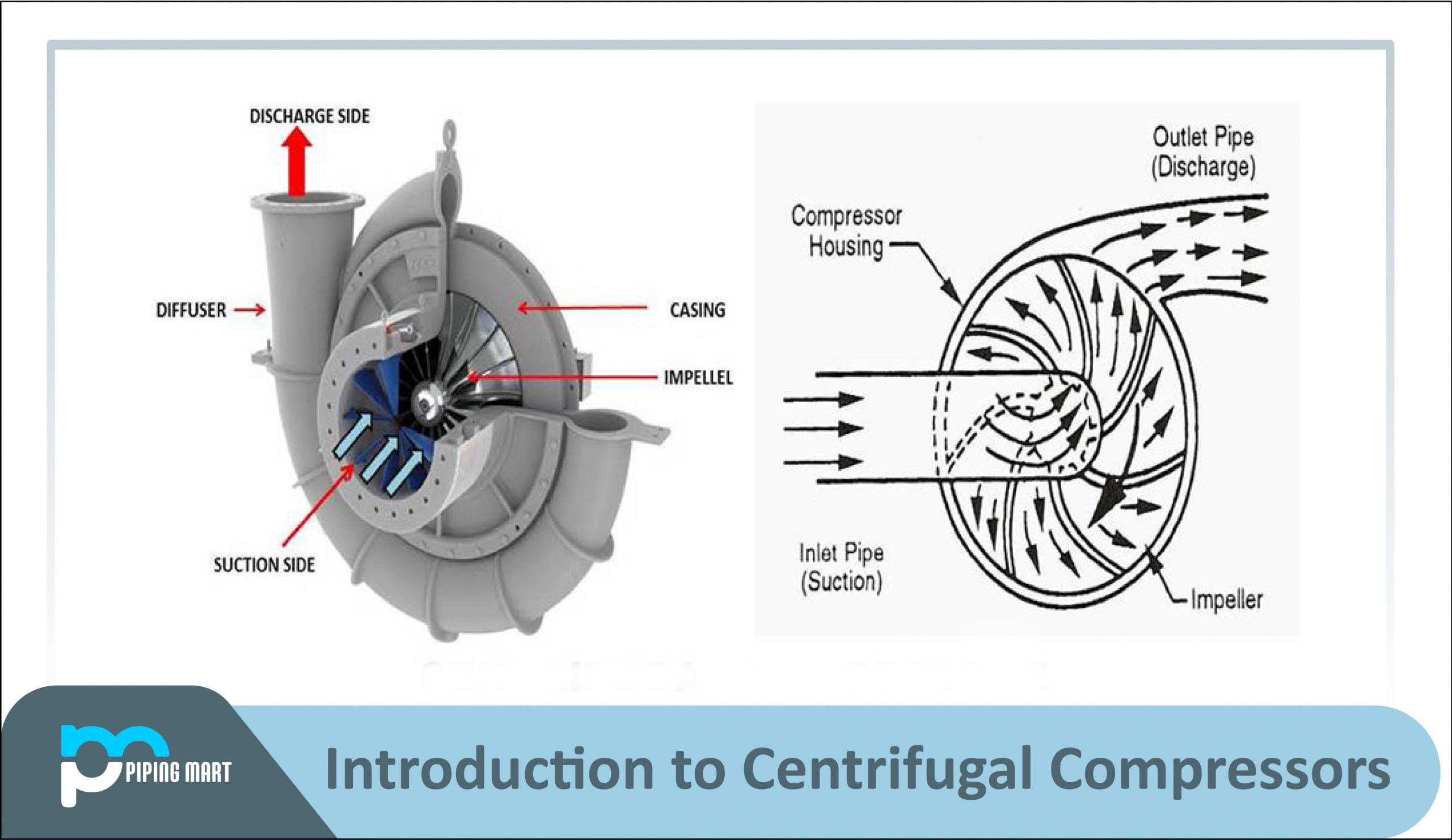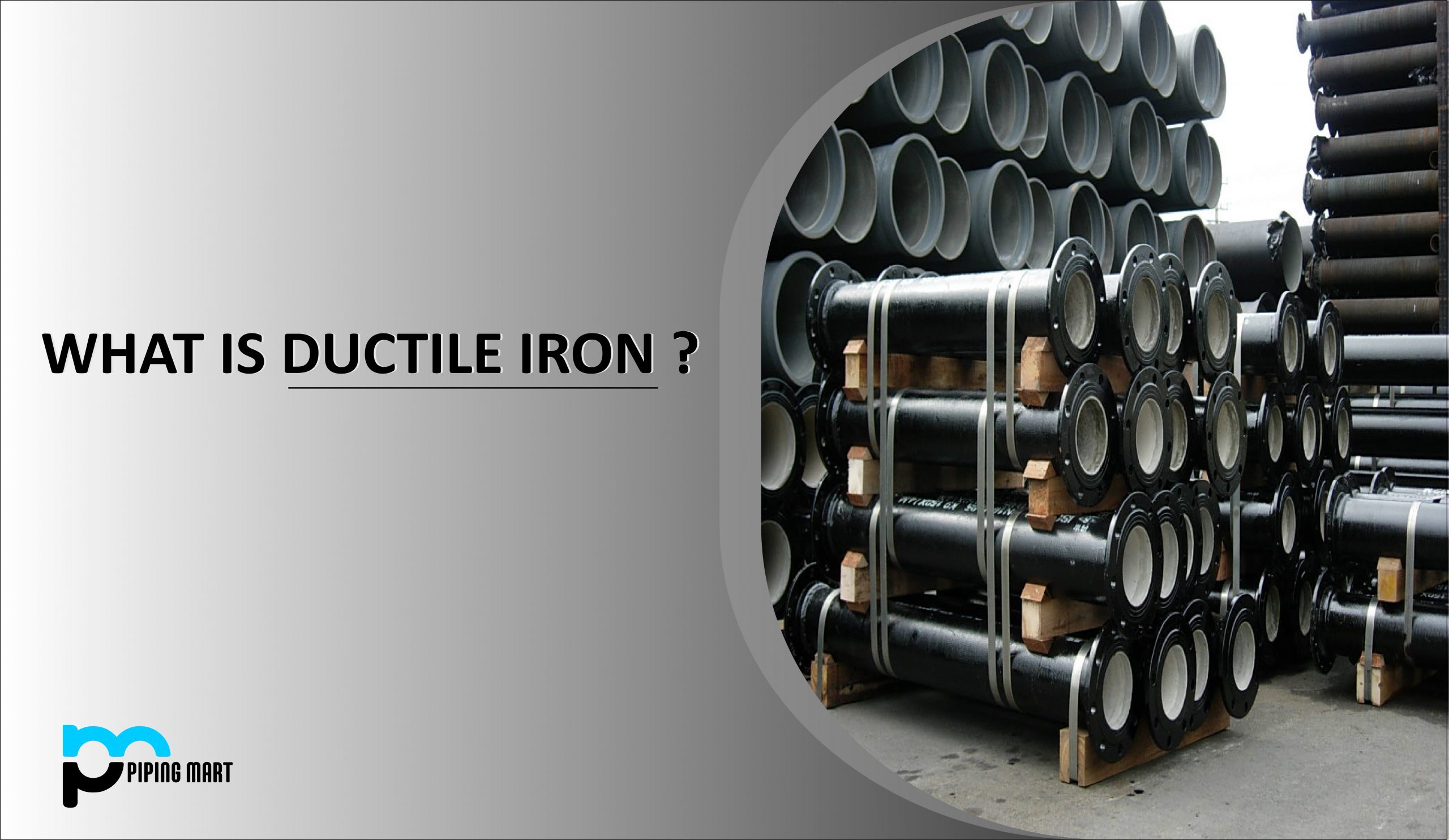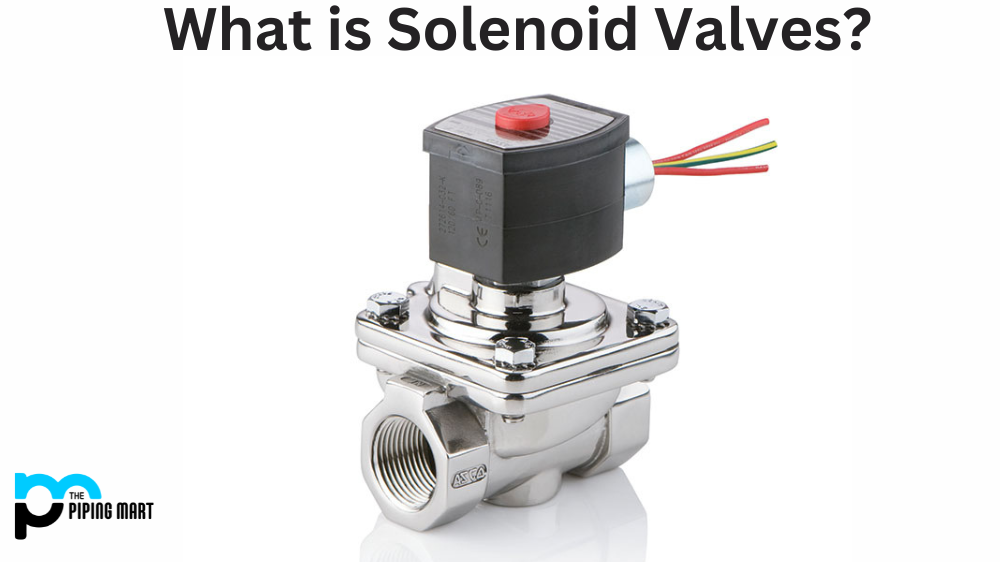A centrifugal compressor is a machine that is “dynamic.” It has a continuous fluid flow that is powered by an integral shaft impeller. The energy is converted into pressure, which occurs partly across the impellers and partly in the stator section known as diffusers. The primary properties of a centrifugal compressor are as follows:
- Dynamic Compressor: Adds kinetic energy/velocity to the fluid to increase pressure.
- Limited operating range: Because of its characteristics, it operates near the design point.
- Capacity is easily controlled using either the suction throttle or the speed control.
- Capable of transporting massive amounts of gas (high volumetric capacity).
How does a Centrifugal Compressor work?
The gas enters the rotating impeller via the centrifugal compressor suction. The gas is pushed towards the impeller center by centrifugal force as it passes through the blades. The impeller transfers kinetic energy to the gas, increasing its velocity. This kinetic energy is then turned into potential energy when pressure rises. The gas is compressed once again while going through a diffuser. As a result, both the diffuser and the impeller assist in gas compression. The rotor is compressed by 65 percent on average, while the diffuser is compressed by 35 percent. Each stage of a multistage centrifugal compressor increases the pressure, resulting in a final higher pressure.
Compressors with Horizontal Split casings
Half casings connected along the horizontal centerline are used for operating pressures of less than 60 bar.
Compressors with Vertical Split casing
Vertical split casings are created by a cylinder closed by two end covers; thus, the term “barrel type” refers to these compressors, which are utilized for high-pressure services up to 685 bar.
Horizontal split casings and barrel compressors are further classified according to process stages
- Compressors with more than one compression stage
- Compressors with two compression stages that are multistage (Two compression stages are installed in the same machine/barrel casing. To improve compression efficiency, the fluid is cooled between the two stages.
Basic Centrifugal Compressor Terminologies
- Surge: an unstable phenomenon that occurs at low flow and affects the entire system, including not only the compressor but also the group of components traversed by the fluid upstream and downstream of it. Surge is defined by severe and rapid flow and pressure fluctuations all over the system and is often connected with a stall, comprising one or more compressor stages. This event is frequently accompanied by loud noises and intense vibrations, which can significantly harm the machine.
- Stall: A stall in turbomachinery is a condition in which the stage pressure ratio or head does not vary in a stable manner with the flow rate because of low flow values.
Surge prevention: Surge prevention is accomplished by experimental testing in which pressure pulsation at a low flow rate is recorded at each stage. On this basis, the flow values at which the stage’s stability is guaranteed can be identified.

Pipingmart is B2B portal specializes in industrial, metal and piping products. Also, share latest information and news related to products, materials and different types grades to help business dealing in this industry.




